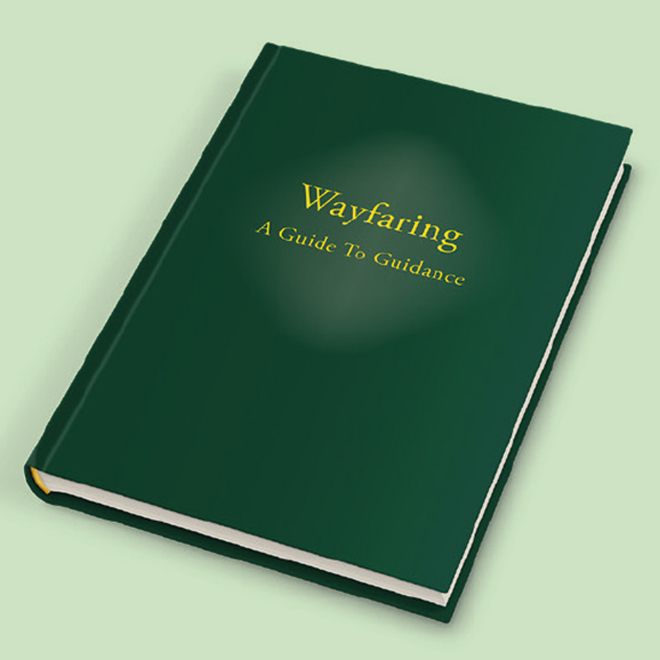Eye - 02 June 2017
From seeking to devotion
Seeking Friends and earth
‘Be bold! Never be afraid to admit your mistakes! That’s how we learn!’ So wrote Jill Allum, of Beccles Meeting, in a recent missive to Eye.
In ‘A terrier for tales’ (Eye, 5 May) Jill told Friends about her search for information on John Scales, a Quaker who lived from 1713 to 1770.
